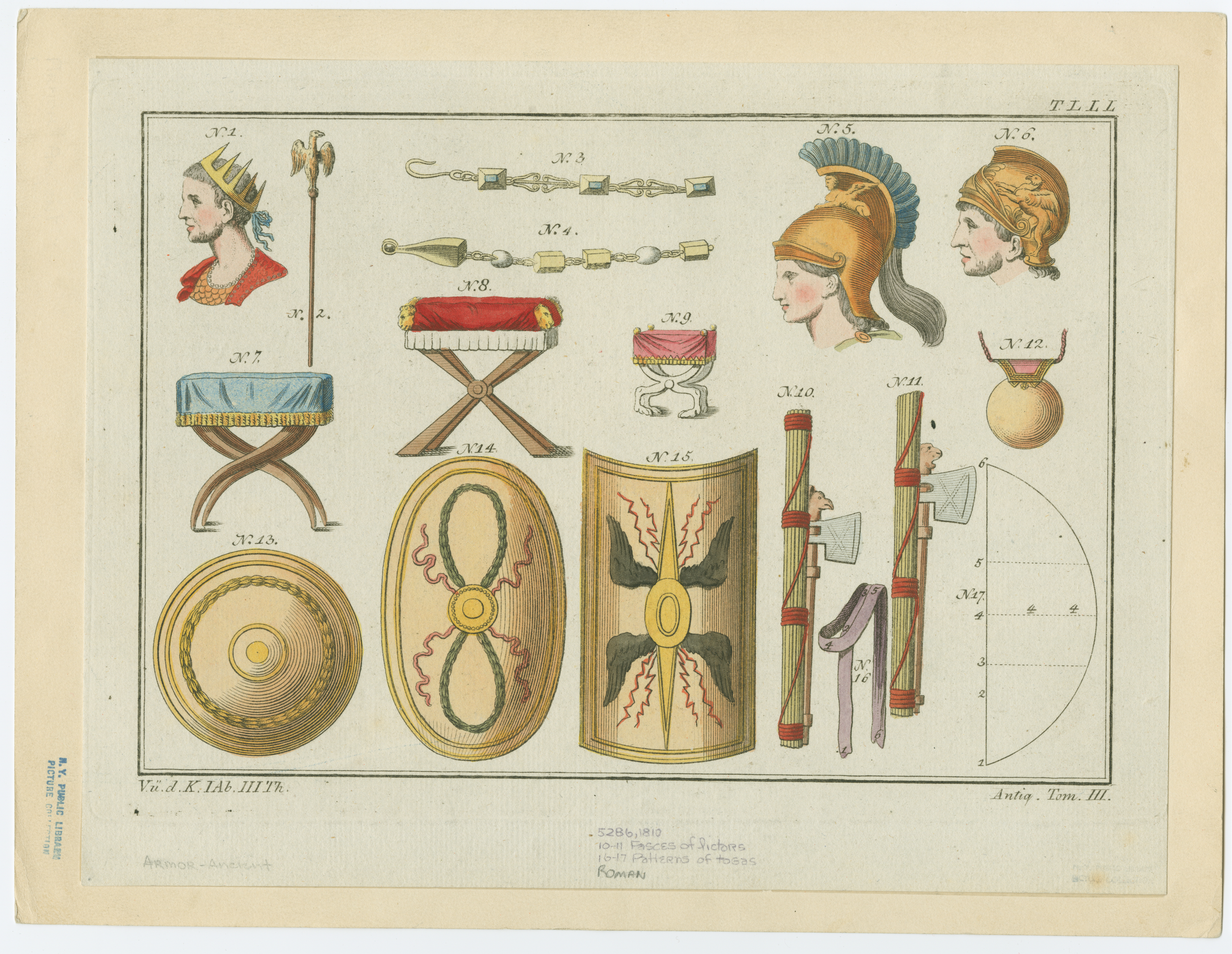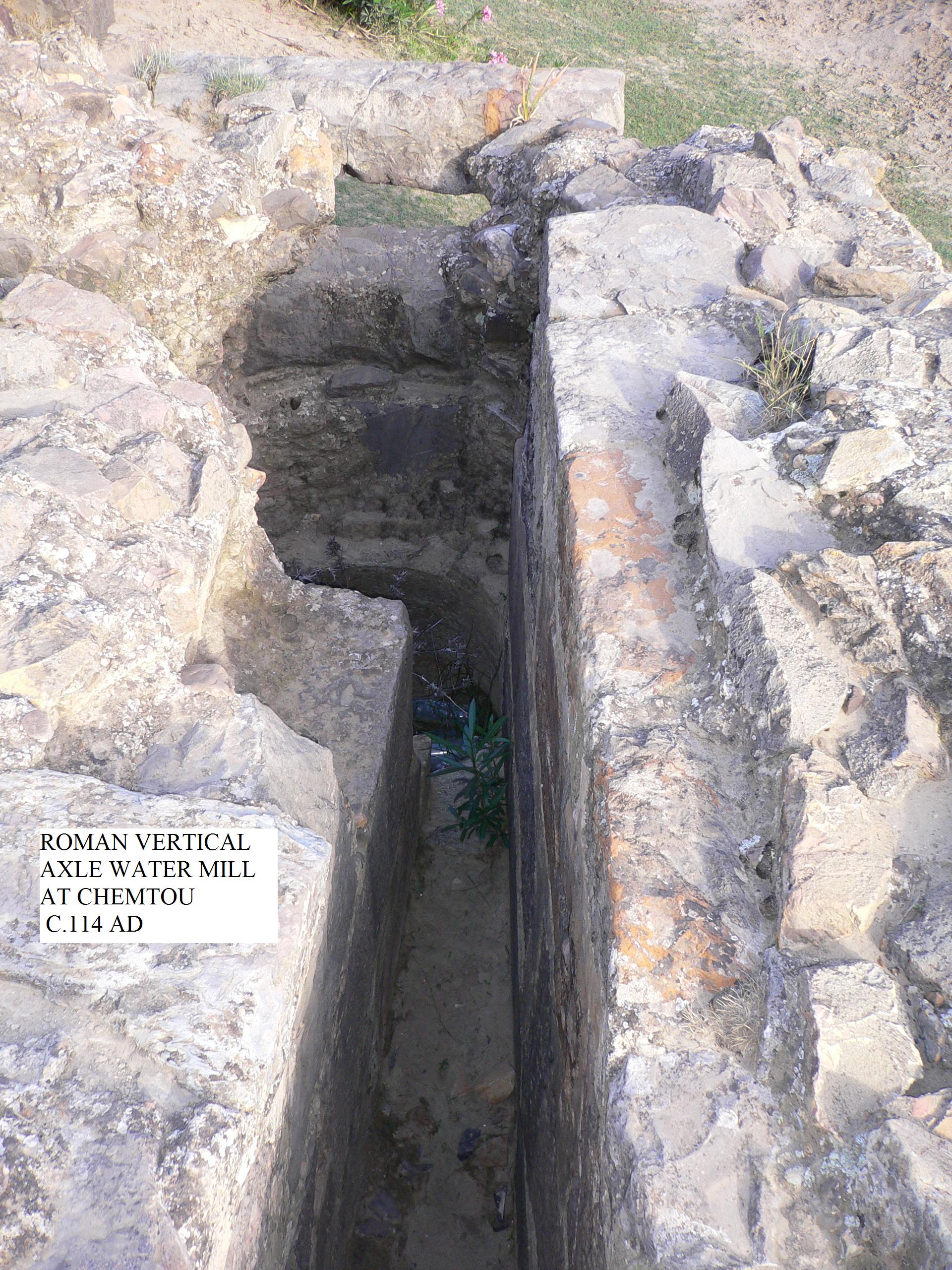|
Ć ĂĄmalova Chata
Ć ĂĄmalova chata is a mountain hut for bikers, skiers and tourists, situated at NovĂĄ Louka, a mountain meadow in Jizera Mountains (in Czech JizerskĂ© hory) near the city of BedĆichov, district of Jablonec nad Nisou. It is situated in the north of the Czech Republic, approximately 130 km from Prague, close to the borders with Germany and Poland. The hut was well known for its simple but great cuisine, especially game. The hut is also used as a hotel and it is a popular place for wedding banquets. History The origin of the hut goes back to 1756 when Mr. Riedel built it as a residential timbered house, together with a glass works, which was operational until 1817. Twenty years later, the works was demolished. In 1844, the residential house was sold to the Clam-Gallas family, local nobility, which reconstructed the house in a timbered hunting hut. Today, the hut is called Ć ĂĄmalova chata. In 1929, the hut became the property of the Czechoslovak state and it was used as ... [...More Info...] [...Related Items...] OR: [Wikipedia] [Google] [Baidu] |
BedĆichov (Jablonec Nad Nisou District)
BedĆĂźchov () is a municipality and village in Jablonec nad Nisou District in the Liberec Region of the Czech Republic. It has about 400 inhabitants. Etymology BedĆĂźchov, originally named in German ''Friedrichswald'', was probably named after the father of Count Melchior of Redern (Friedrich/BedĆich), on whose estate the village was founded. The German name literally means "Friedrich's forest". Geography BedĆichov is located about north of Jablonec nad Nisou and east of Liberec. It lies in the Jizera Mountains and in the eponymous protected landscape area. The highest point is the mountain ÄernĂĄ hora at above sea level. The Kamenice (Jizera), Kamenice River originates in the eastern part of the municipal territory. The ÄernĂĄ Nisa River flows along the western municipal border. BedĆichov Reservoir is built on the ÄernĂĄ Nisa within the municipality. The NovĂĄ louka Nature Reserve is located north of the village. History At the end of the 16th century, the area od toda ... [...More Info...] [...Related Items...] OR: [Wikipedia] [Google] [Baidu] |
Nobility
Nobility is a social class found in many societies that have an aristocracy. It is normally appointed by and ranked immediately below royalty. Nobility has often been an estate of the realm with many exclusive functions and characteristics. The characteristics associated with nobility may constitute substantial advantages over or relative to non-nobles or simply formal functions (e.g., precedence), and vary by country and by era. Membership in the nobility, including rights and responsibilities, is typically hereditary and patrilineal. Membership in the nobility has historically been granted by a monarch or government, and acquisition of sufficient power, wealth, ownerships, or royal favour has occasionally enabled commoners to ascend into the nobility. There are often a variety of ranks within the noble class. Legal recognition of nobility has been much more common in monarchies, but nobility also existed in such regimes as the Dutch Republic (1581â1795), the Republic ... [...More Info...] [...Related Items...] OR: [Wikipedia] [Google] [Baidu] |
Nazi Prison
Nazi Germany used six extermination camps (), also called death camps (), or killing centers (), in Central Europe, primarily in occupied Poland, during World War II to systematically murder over 2.7 million peoplemostly Jewsin the Holocaust. The victims of death camps were primarily murdered by gassing, either in permanent installations constructed for this specific purpose, or by means of gas vans. The six extermination camps were CheĆmno, Belzec, Sobibor, Treblinka, Majdanek and Auschwitz-Birkenau. Extermination through labour was also used at the Auschwitz and Majdanek death camps. Millions were also murdered in concentration camps, in the Aktion T4, or directly on site. Additionally, camps operated by Nazi allies have also been described as extermination or death camps, most notably the Jasenovac concentration camp in the Independent State of Croatia. The National Socialists made no secret of the existence of concentration camps as early as 1933, as they served as a ... [...More Info...] [...Related Items...] OR: [Wikipedia] [Google] [Baidu] |
Anti-Nazi
Anti-fascism is a political movement in opposition to fascist ideologies, groups and individuals. Beginning in European countries in the 1920s, it was at its most significant shortly before and during World War II, where the Axis powers were opposed by many countries forming the Allies of World War II and dozens of resistance movements worldwide. Anti-fascism has been an element of movements across the political spectrum and holding many different political positions such as anarchism, communism, pacifism, republicanism, social democracy, socialism and syndicalism as well as centrist, conservative, liberal and nationalist viewpoints. Fascism, a far-right ultra-nationalistic ideology best known for its use by the Italian Fascists and the German Nazis, became prominent beginning in the 1910s. Organization against fascism began around 1920. Fascism became the state ideology of Italy in 1922 and of Germany in 1933, spurring a large increase in anti-fascist action, including German ... [...More Info...] [...Related Items...] OR: [Wikipedia] [Google] [Baidu] |
First Czechoslovak Republic
The First Czechoslovak Republic, often colloquially referred to as the First Republic, was the first Czechoslovakia, Czechoslovak state that existed from 1918 to 1938, a union of ethnic Czechs and Slovaks. The country was commonly called Czechoslovakia a compound of ''Czech'' and ''Slovak''; which gradually became the most widely used name for its successor states. It was composed of former territories of Austria-Hungary, inheriting different systems of administration from the formerly Cisleithania, Austrian (Bohemia, Moravia, a small part of Silesia) and Kingdom of Hungary, Hungarian territories (mostly Upper Hungary and Carpathian Ruthenia). After 1933, Czechoslovakia remained the only ''de facto'' functioning democracy in Central Europe, organized as a parliamentary republic. Under pressure from Germans in Czechoslovakia, its Sudeten German minority, supported by neighbouring Nazi Germany, Czechoslovakia was forced to cede its Sudetenland region to Germany on 1 October 1938 as ... [...More Info...] [...Related Items...] OR: [Wikipedia] [Google] [Baidu] |
President Of Czechoslovakia
The president of Czechoslovakia (, ) was the head of state of Czechoslovakia, from the Origins of Czechoslovakia, creation of the First Czechoslovak Republic in 1918 until the Dissolution of Czechoslovakia, dissolution of the Czech and Slovak Federative Republic on 1 January 1993. In periods when the presidency was vacant, most presidential duties were assumed by the List of prime ministers of Czechoslovakia, prime minister. The second section lists the leaders of the Communist Party of Czechoslovakia (KSÄ) from 1948 to 1989. The post was titled as chairman from 1948 to 1953, first secretary from 1953 to 1971, and general secretary from 1971 to 1989. After the 1948 Czechoslovak coup d'Ă©tat, 1948 coup d'Ă©tat, the KSÄ's leader held the real Executive (government), executive power in the country. However, three party leaders (Klement Gottwald, AntonĂn NovotnĂœ, and GustĂĄv HusĂĄk) also served as president at some point in their tenures. Presidents of Czechoslovakia (1918â1 ... [...More Info...] [...Related Items...] OR: [Wikipedia] [Google] [Baidu] |
PĆemysl Ć ĂĄmal
is a Czech masculine given name. The Polish alternative is PrzemysĆ or PrzemysĆaw. Famous bearers Czech royals * PĆemysl the Ploughman â mythical founder of the Bohemian royal dynasty of PĆemyslids * PĆemysl I Otakar â king of Bohemia (1198â1230) * PĆemysl II Otakar â king of Bohemia (1253â1278) * PĆemysl of Moravia * PĆemysl I, Duke of Opava * PĆemysl II, Duke of Opava * PĆemysl III, Duke of Opava * Rarely: any member of the PĆemyslid dynasty (the form preferred in English is however "PĆemyslid" in this case) Others * PĆemysl BoublĂk, Czechoslovak actor * PĆemysl Coufal, Czech catholic priest * PĆemysl KoÄĂ, Czech opera singer, director and manager * PĆemysl MatouĆĄek, Czech actor * PĆemysl Pitter, Czech Protestant preacher * PĆemek Podlaha, Czech TV host * PĆemysl PraĆŸskĂœ, Czech actor * PĆemysl Rabas, Czech politician * PĆemysl Rut, Czech dramatic, writer and musician * PĆemysl Ć ĂĄmal, Czech politician * PĆemysl Sobotk ... [...More Info...] [...Related Items...] OR: [Wikipedia] [Google] [Baidu] |
Electrified
Electrification is the process of powering by electricity and, in many contexts, the introduction of such power by changing over from an earlier power source. In the context of history of technology and economic development, electrification refers to the build-out of the electricity generation and electric power distribution systems. In the context of sustainable energy, electrification refers to the build-out of super grids and smart grids with distributed energy resources (such as energy storage) to accommodate the energy transition to renewable energy and the switch of end-uses to electricity. The electrification of particular sectors of the economy, particularly out of context, is called by modified terms such as ''factory electrification'', ''household electrification'', ''rural electrification'' and ''railway electrification''. In the context of sustainable energy, terms such as ''transport electrification'' (referring to electric vehicles) or ''heating electrification'' ... [...More Info...] [...Related Items...] OR: [Wikipedia] [Google] [Baidu] |
Water Turbine
A water turbine is a rotary machine that converts kinetic energy and potential energy of water into mechanical work. Water turbines were developed in the 19th century and were widely used for industrial power prior to electrical grids. Now, they are mostly used for electric power generation. Water turbines are mostly found in dams to generate electric power from water potential energy. History Water wheels have been used for hundreds of years for industrial power. Their main shortcoming is size, which limits the flow rate and head (hydraulic), head that can be harnessed. The migration from water wheels to modern turbines took about one hundred years. Development occurred during the Industrial Revolution, using scientific principles and methods. They also made extensive use of new materials and manufacturing methods developed at the time. Swirl The word turbine was introduced by the French engineer Claude Burdin in the early 19th century and is derived from the Greek w ... [...More Info...] [...Related Items...] OR: [Wikipedia] [Google] [Baidu] |
President (government Title)
President is a common title for the head of state in most republics. Depending on the country, a president could be head of government, a ceremonial figurehead, or something between these two extremes. The functions exercised by a president vary according to the form of government. In parliamentary republics, they are usually, but not always, limited to those of the head of state and are thus largely ceremonial. In presidential system, presidential and selected parliamentary (e.g. Botswana and South Africa) republics the role of the president is more prominent, encompassing the functions of the head of government. In semi-presidential system, semi-presidential republics, the president has some discretionary powers like over foreign affairs, appointment of the head of government and defence, but they are not themselves head of government. A leader of a one-party state may also hold the position of president for ceremonial purposes or to maintain an official state position. The ... [...More Info...] [...Related Items...] OR: [Wikipedia] [Google] [Baidu] |
Eduard BeneĆĄ
Eduard Model Accessories is a Czech manufacturer of plastic models and finescale model accessories. History Formed in 1989 in the city of Most, Eduard began in a rented cellar as a manufacturer of photoetched brass model components. Following the success of their early products, the company branched off into plastic models in 1993. As of 2006, Eduard's product line contained some 30 plastic kits and more than 800 individual photoetch detail sets. To the plastic modeller community at large, Eduard has become a household word in the field of photoetched parts, and their products are available worldwide. Product lines Eduard aircraft kits range from World War I to the present day. Some notable ones include: most of the famous World War I fighters are: Fokker D.VII, Pfalz D.III, Albatros D.III and the Sopwith Pup, while World War II had the: Yakovlev Yak-3, Hawker Hurricane, Spitfire and the Messerschmitt Bf 109 The Messerschmitt Bf 109 is a monoplane fighter aircraft ... [...More Info...] [...Related Items...] OR: [Wikipedia] [Google] [Baidu] |





